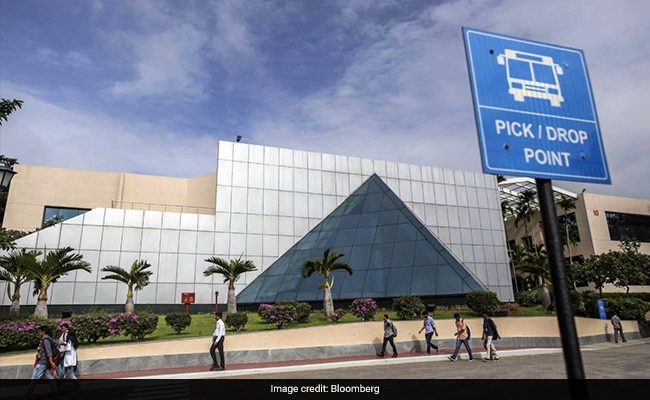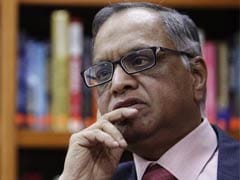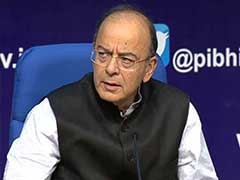Infosys cut its annual revenue forecast, as the software outsourcing giant deals with the aftermath of a boardroom coup that forced out its top executive.
The software exporter is now forecasting 6.5 percent to 7.5 percent growth in revenue in the year ending March 2018 in U.S. dollar terms, versus the 7.6 percent rise analysts were anticipating. That reduction came even after the company reported a net income of Rs 3,726 crore ($573 million), slightly beating the Rs 3,530 crore projected.
Before the internal upheaval, Infosys had forecast a 7.1 to 9.1 percent climb in revenue for the year ending March 2018 on a U.S. dollar basis, suggesting it's gaining a measure of stability after initiating job cuts and investing in new areas such as analytics to offset losses in traditional revenue. The ouster of Chief Executive Officer Vishal Sikka shaved billions of dollars off the company's market value as investors warned about meddling by founder-shareholders, though they've bounced back somewhat and are down about 8 percent since his resignation.
Co-founder Nandan Nilekani returned to chair the company in August when Mr Sikka stepped down, blaming public clashes between the board and co-founders led by N R Narayana Murthy that made his job untenable. Mr Sikka -- who'd presided over 25 percent sales growth since joining from SAP SE in 2014 -- leaves the company rudderless as rising competition and automation curtail growth in technology services.
"Operating margin may be under pressure amid increased investments and currency," Anurag Rana, an analyst with Bloomberg Intelligence, wrote before the earning were released. "Specific attention will be on full-year sales growth guidance, which the company hasn't changed so far, despite the leadership commotion."
In constant currency terms, the company on Tuesday foresees fiscal 2018 sales growth of 5.5 percent to 6.5 percent.
Infosys remains on the lookout for a replacement. Mr Nilekani has said he's focused on finding a new CEO, reconstituting a depleted board and stabilizing the company's operations. It's reviewing a pool of candidates in hopes of making a final decision within weeks, the chairman said in late August.
Whoever gets the job will need to steer Infosys through seismic changes afflicting the $150 billion IT services industry, starting with revamping its most precious resource. The company has put in place a training program for employees modeled on fighter-pilot regimens, reflecting a need to move beyond commoditized work building and managing corporate systems. Much of those processes are now automated, and companies like Goldman Sachs Group Inc. are hiring Infosys and other tech outsourcers for shorter-term projects that help them stay abreast of accelerating change.
Among the internal frontrunners are Pravin Rao, a long-time Infosys hand named interim chief executive, and Chief Financial Officer Ranganath D. Mavinakere. Ranga, as he is known, has been at Infosys for over a decade and holds a degree from the same high-profile engineering school that produced founders Mr Murthy and Mr Nilekani. Strong probables include Infosys alumni BG Srinivas and Ashok Vemuri. Executives of Indian origin from global technology companies are also said to have made the list.
The September quarter is typically a strong period for Indian IT outsourcing companies. Infosys reported earnings more than a week after larger rival Tata Consultancy Services Ltd. posted better-than-estimated earnings, thanks to an increase in client contracts and higher revenues from cloud computing, big data analytics and other digital services.














